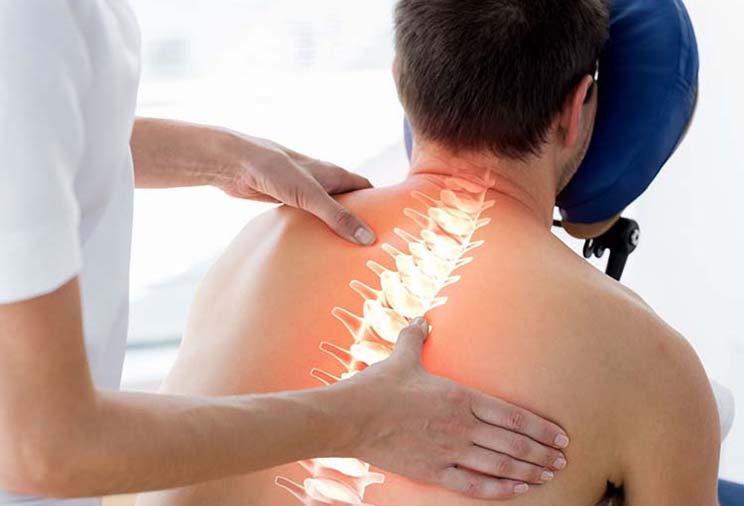Physiotherapy is a rehabilitation program that can reduce or eliminate pain and inflammation without the use of medication or surgery. It is an integral part of post-surgical care in orthopedics. Physiotherapy is crucial for stroke rehabilitation.
It is also beneficial for those with other neurological disorders, such as Parkinson's Disease or degenerative diseases like diabetes or osteoarthritis. We can speed up the healing process by using a variety of exercises and fitness programs to improve our posture, balance, and movement.
If you are want to get the best physiotherapy service, then you can also look for virtual therapy.

Image Source: Google
Chest therapy, which treats people with breathing problems and other issues, is an important area of physiotherapy. Chest therapy improves our breathing and helps to enhance the function of our respiratory system.
This therapy is beneficial for people with respiratory issues, chronic obstructive lung disease, pneumonia, and other conditions. Chest physiotherapy can include deep breathing, chest vibrations, chest vibrations, postural drainage, and chest percussion.
As an important part of chest physiotherapy, chest mobility exercises are exercises that use active moments of the body and the extremities, along with deep breathing. In order to allow for easy respiration, this is done to increase the mobility of the chest wall trunk, and shoulders.
In some cases, it has been observed that people with stiffness or tension in their trunk muscles can't expand the chest area optimally when they breathe. These exercises can be done with chest physiotherapy and include deep breathing. This will improve airflow to the affected area.
In this instance, a physiotherapist must reinforce controlled expiration. This can be done by making the patient lean forward at their hips or flexing their spine while expiration takes place.